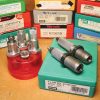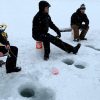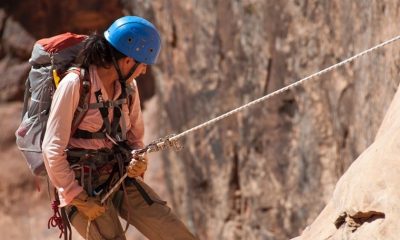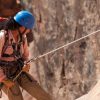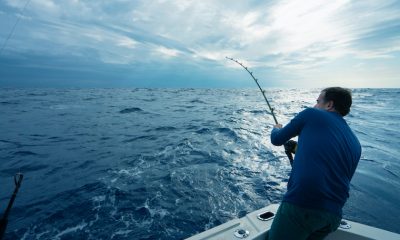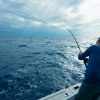Sports & Travel
Exploring the 3 Main Benefits of Using Ski and Snowboarding Goggles
Adventuring on the mountain slopes in an all-white environment calls for the obvious – to be equipped with the proper pieces of protective equipment. And besides the fairly obvious ski, snowboard, helmet, and protective clothing, another accessory that mustn’t be disregarded are the ski and snowboard goggles. Besides providing protection for your eyes and expanding your field of vision, these pieces of protective gear have other benefits as well.
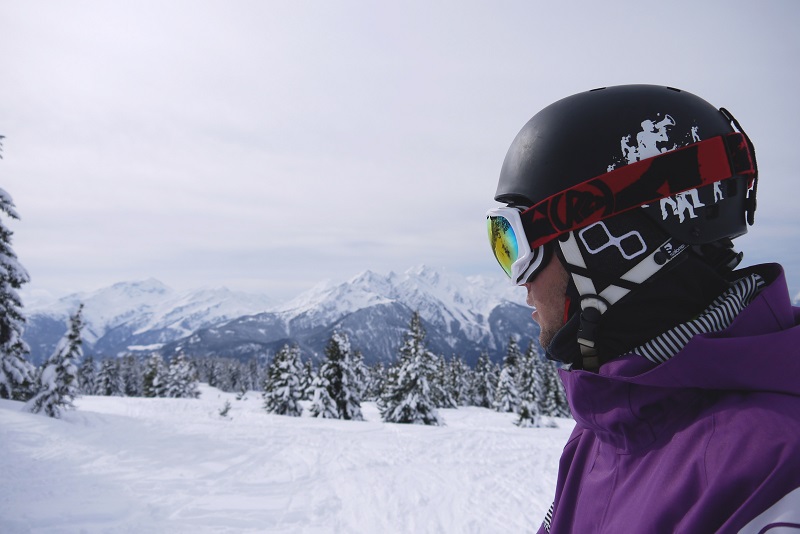
Glare
Ski goggles that have dark lens tints minimize reflected glare enabling you to ski in sunny days without squinting or damaging your eyes. Polarised ski goggles reduce the bounce-back glare from the sunshine on sun and ice. However, some people advise that this may reduce your ability to spot patches of ice on the slope and cause problems. Some more advanced models are the ski and snowboard goggles that have photochromic lenses. These lenses detect the amount of UV light present and change the tint automatically. Their greatest benefit is that they are truly adaptive – you can use them in all conditions and still maintain excellent visibility.
UV Protection
There is an occurrence known as ‘snow blindness’ which happens when the cornea has been exposed to UV light for an extensive period of time. When the sun is shining bright the light doesn’t reflect as much due to the fact that the terrain is covered in snow, which is why you aren’t able to see well. UV protection is a standard feature in most ski and snowboard goggles, comes as a standard feature and unlike sunglasses, they are oversized and cover a great part of your face to prevent light from indirectly reaching your eyes. Cataracts and other similar eye diseases can occur if you do not use goggles when on the slopes.
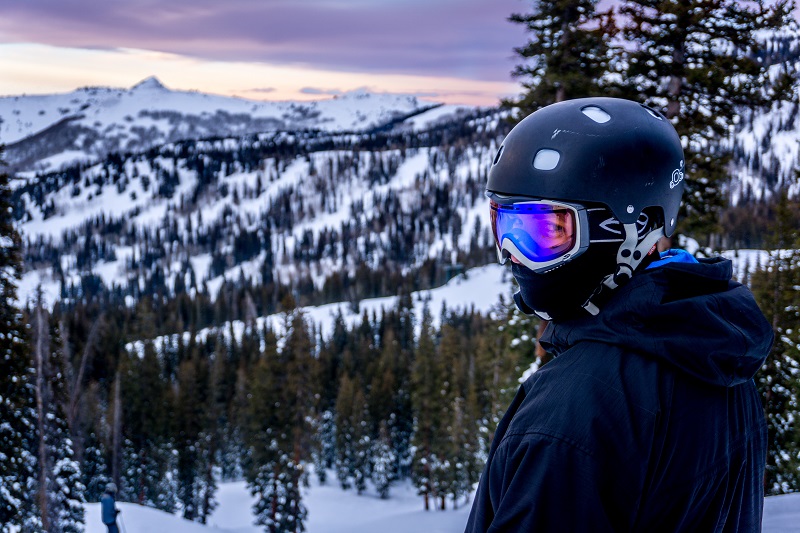
Better Contrast
Having a solid level of visibility is important, but what’s even more important is the contrast between objects and how shadows and highlights look to you. Contrast is what will help you differentiate a dip in the slope from a tree shadow and the amount of contrast typically depends on the weather. If it’s really sunny, goggles with a grey tint are the best option and even on some less cloudy days. Brown and rose tints are ideal for really cloudy or overcast days. If you are someone who wants to hit the slopes in all kinds of weather conditions, getting goggles with an orange, yellow or bronze tint is a must. The strength of the tint will vary in different weather conditions, so be sure to get goggles that implement the tint to a level where your view is not disrupted or poor.
Writing for the blog since 2012, Chris simply loves the idea of providing people with useful info on business, technology, vehicles, industry, sports and travel – all subjects of his interest. Even though he sounds like quite the butch, he’d watch a chick flick occasionally if it makes the wife happy, and he’s a fan of skincare routines though you’d never have him admit that unless you compliment his impeccable skin complexion.


